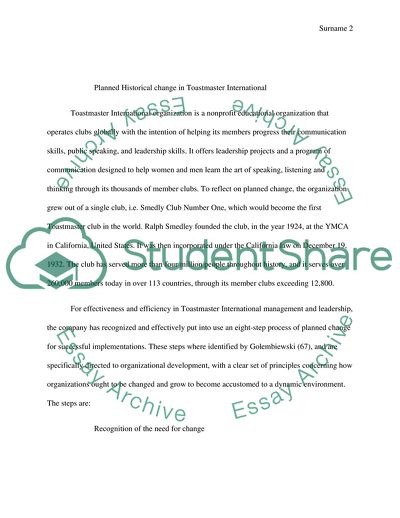Cite this document
(The Need and Role of Planned Change Term Paper Example | Topics and Well Written Essays - 2000 words, n.d.)
The Need and Role of Planned Change Term Paper Example | Topics and Well Written Essays - 2000 words. Retrieved from https://studentshare.org/human-resources/1772464-planned-change
The Need and Role of Planned Change Term Paper Example | Topics and Well Written Essays - 2000 words. Retrieved from https://studentshare.org/human-resources/1772464-planned-change
(The Need and Role of Planned Change Term Paper Example | Topics and Well Written Essays - 2000 Words)
The Need and Role of Planned Change Term Paper Example | Topics and Well Written Essays - 2000 Words. https://studentshare.org/human-resources/1772464-planned-change.
The Need and Role of Planned Change Term Paper Example | Topics and Well Written Essays - 2000 Words. https://studentshare.org/human-resources/1772464-planned-change.
“The Need and Role of Planned Change Term Paper Example | Topics and Well Written Essays - 2000 Words”. https://studentshare.org/human-resources/1772464-planned-change.


